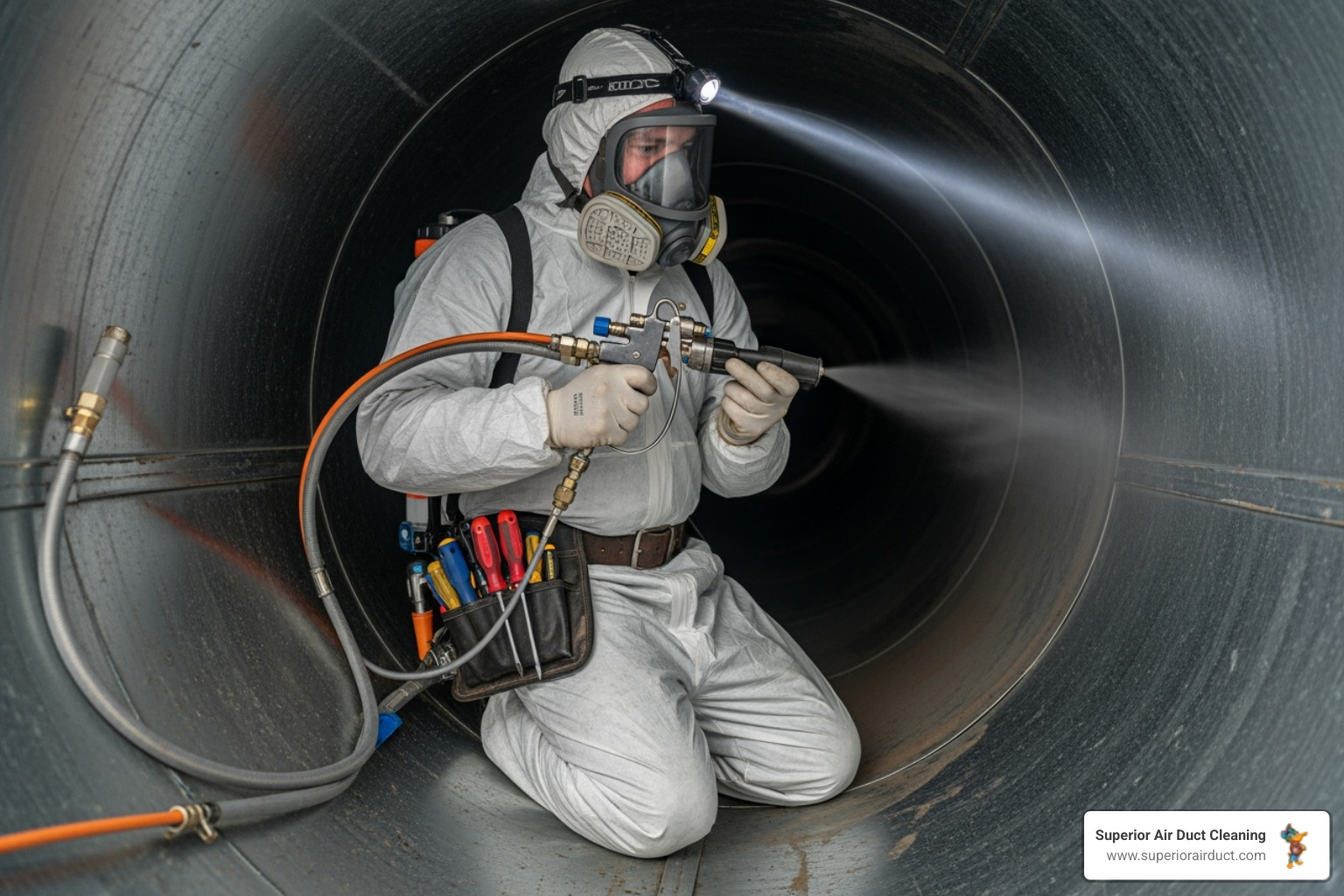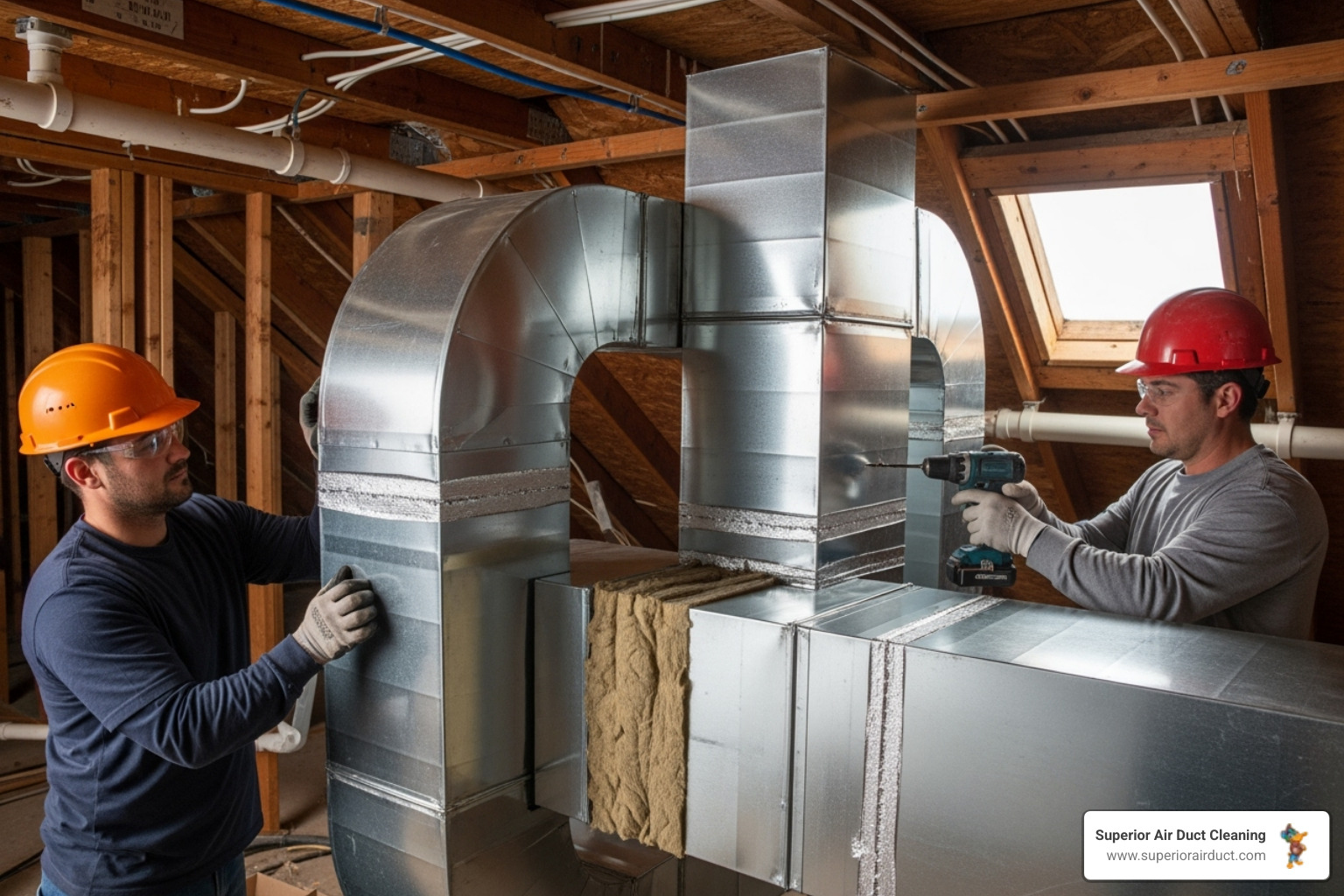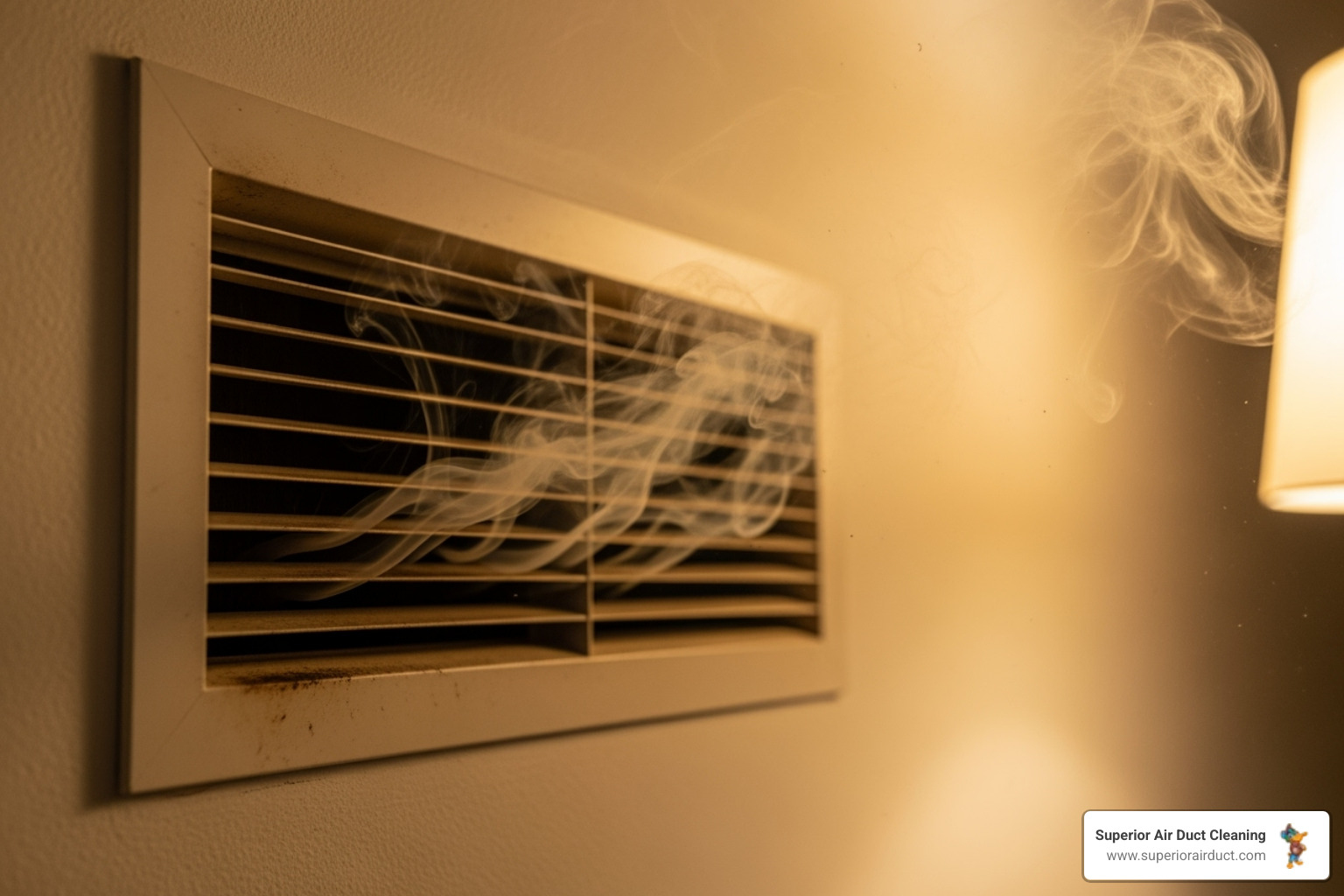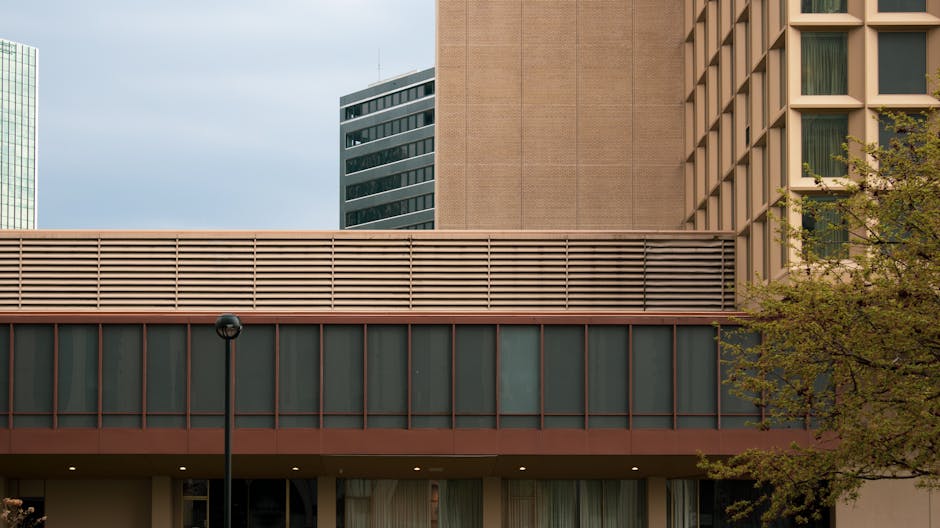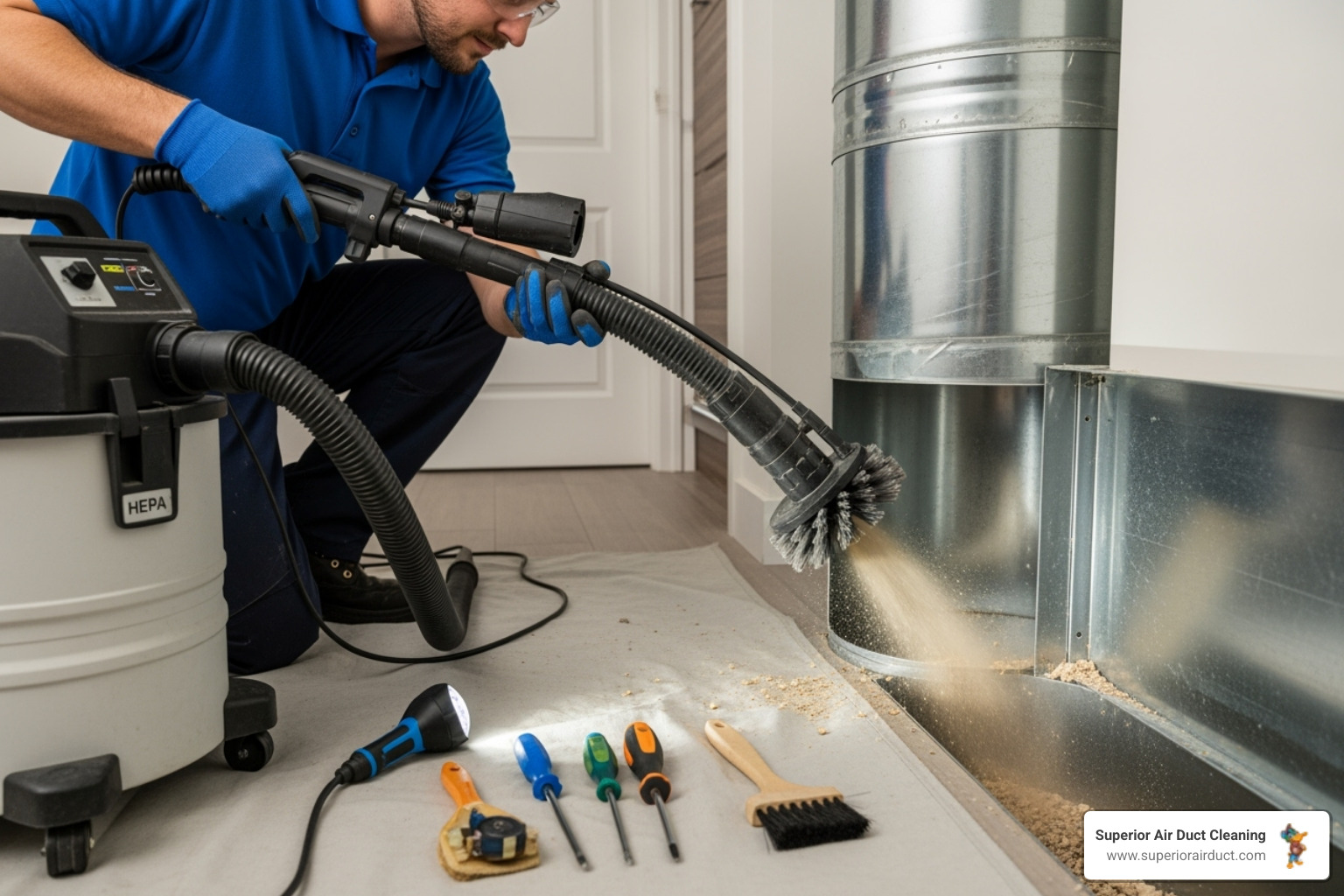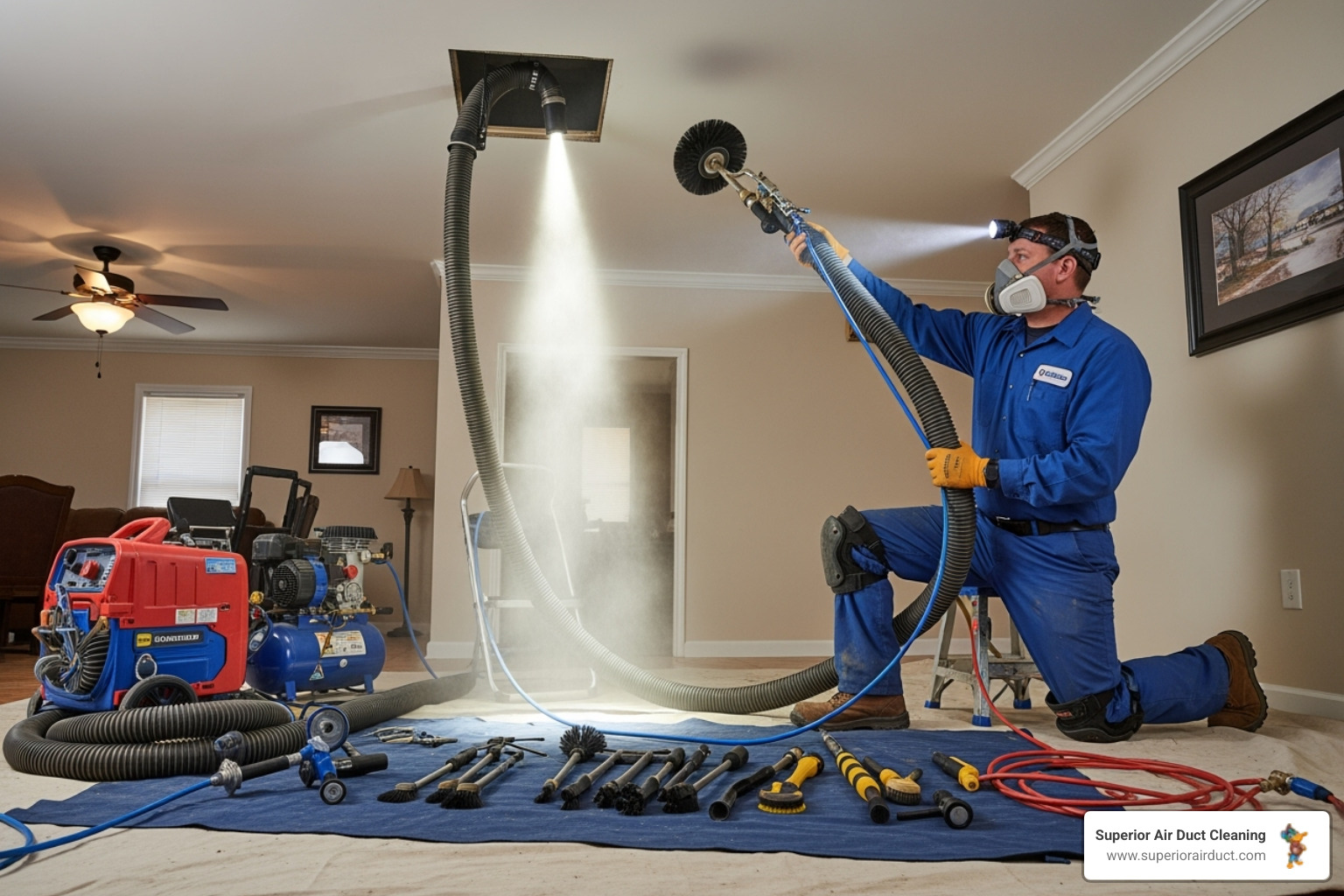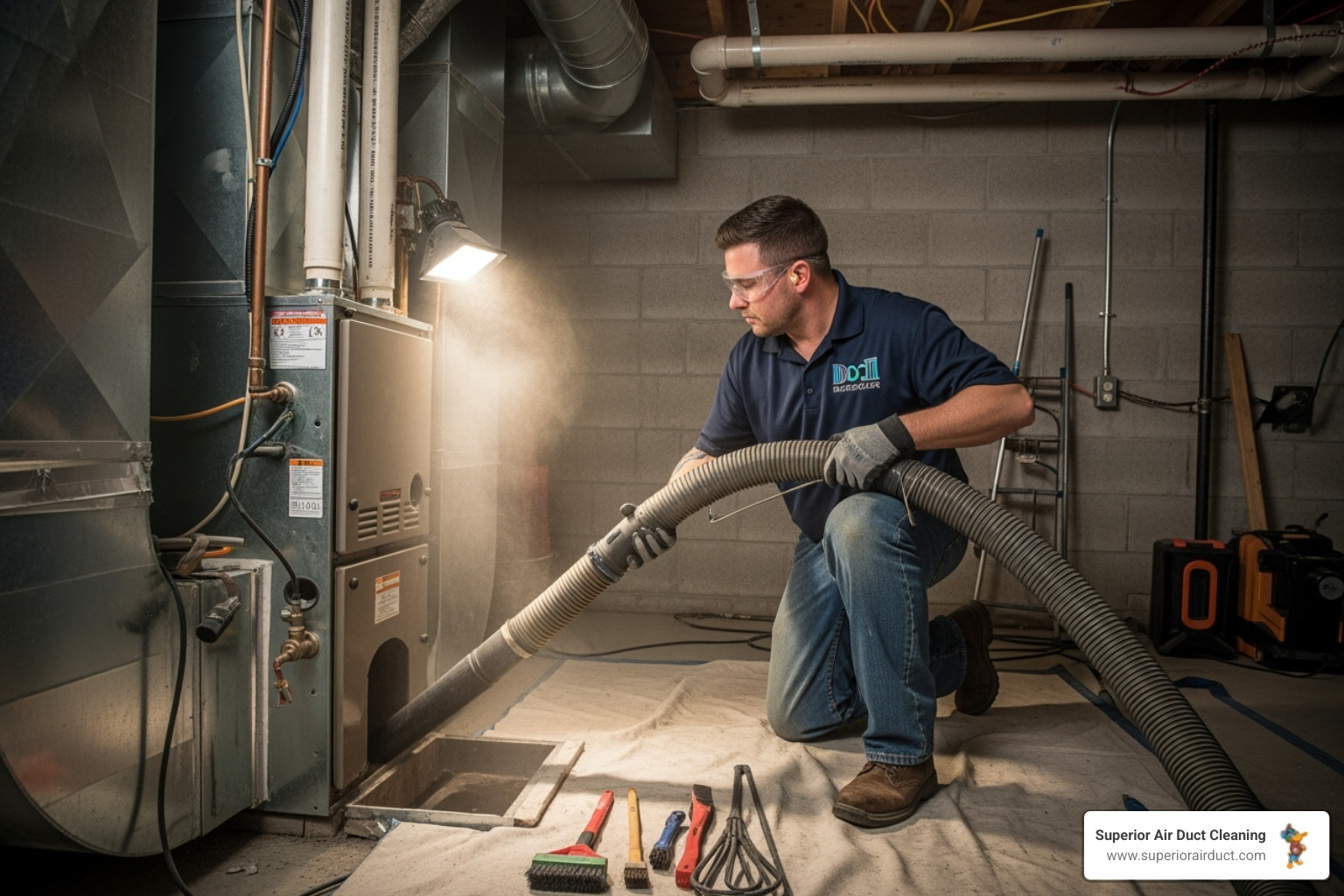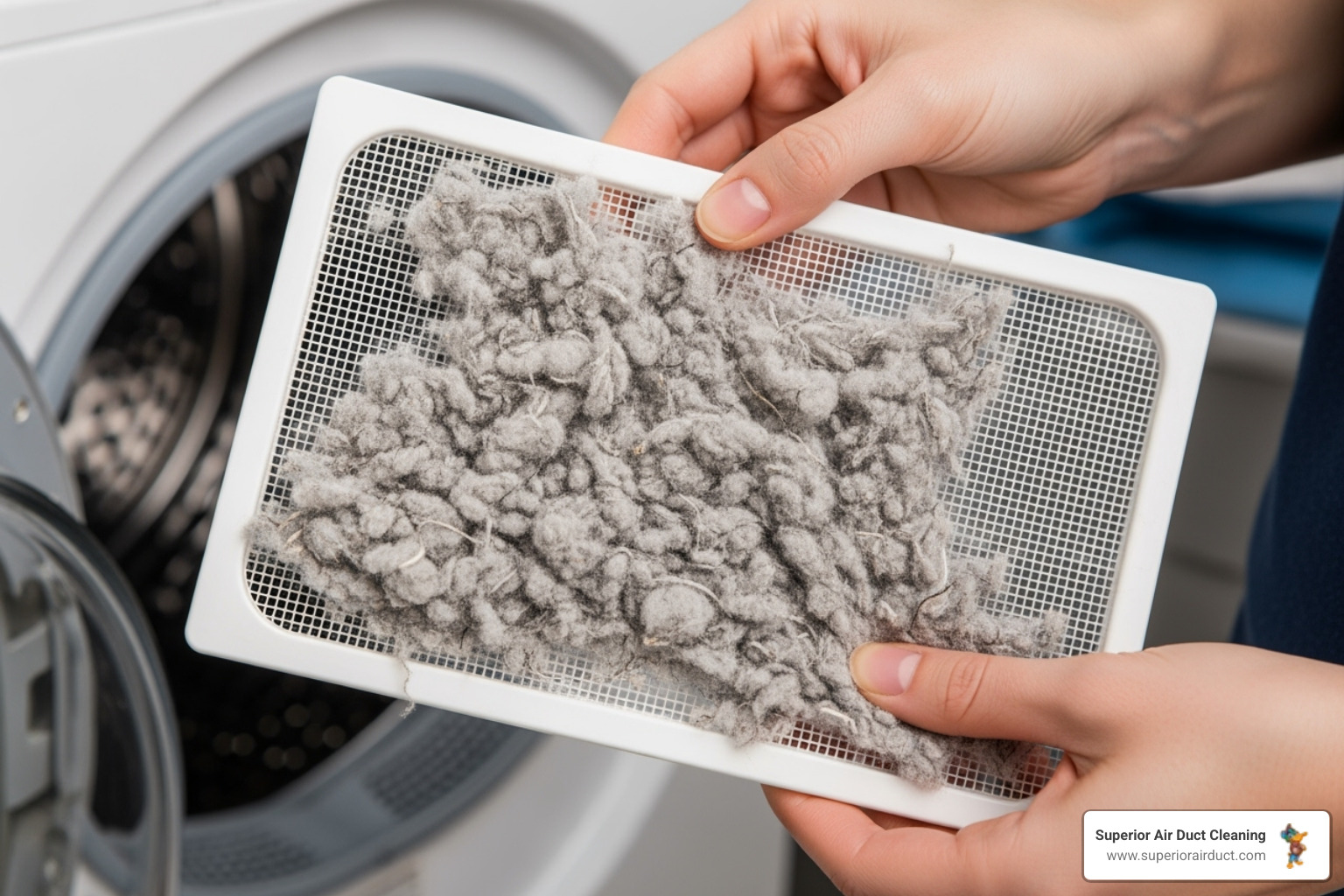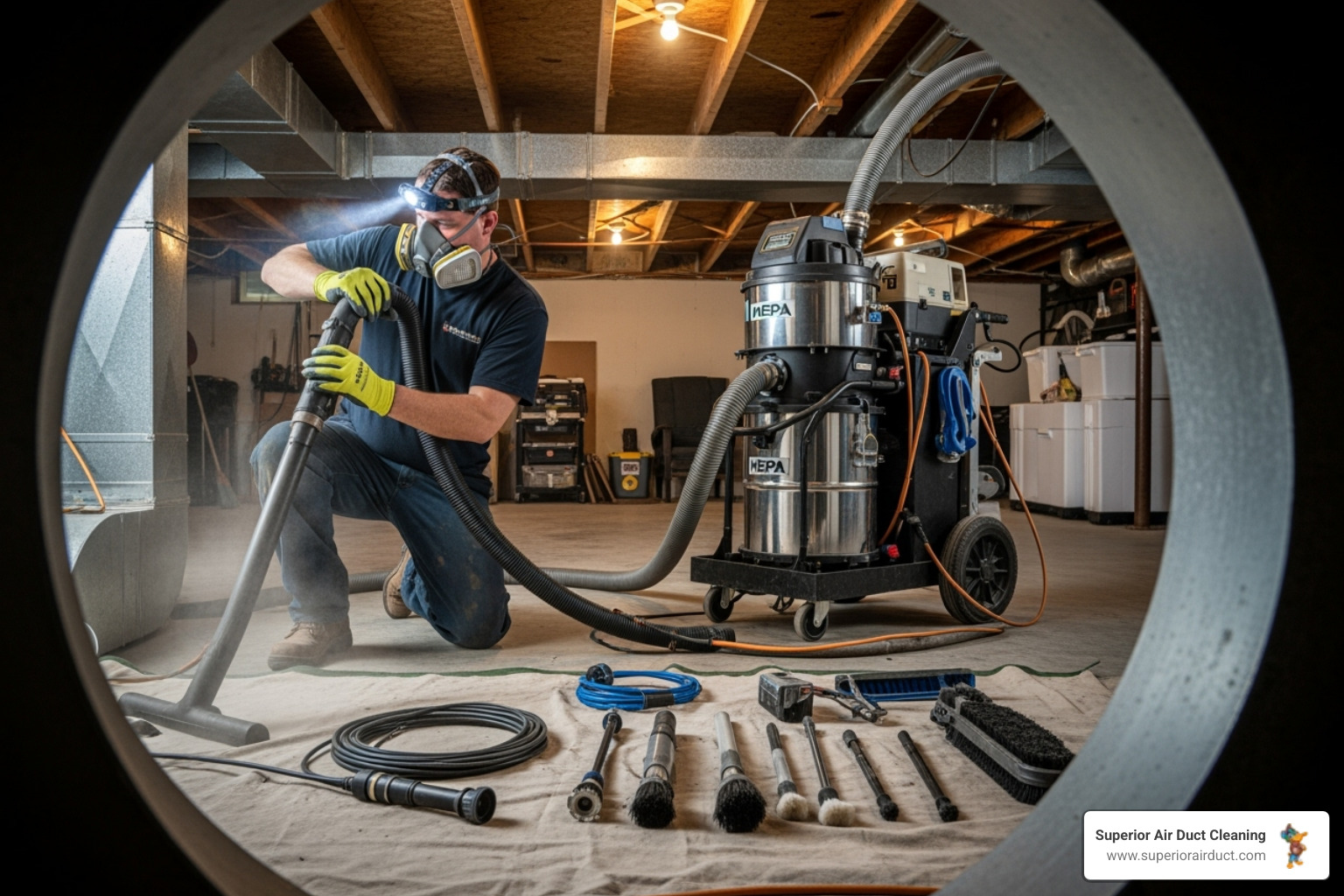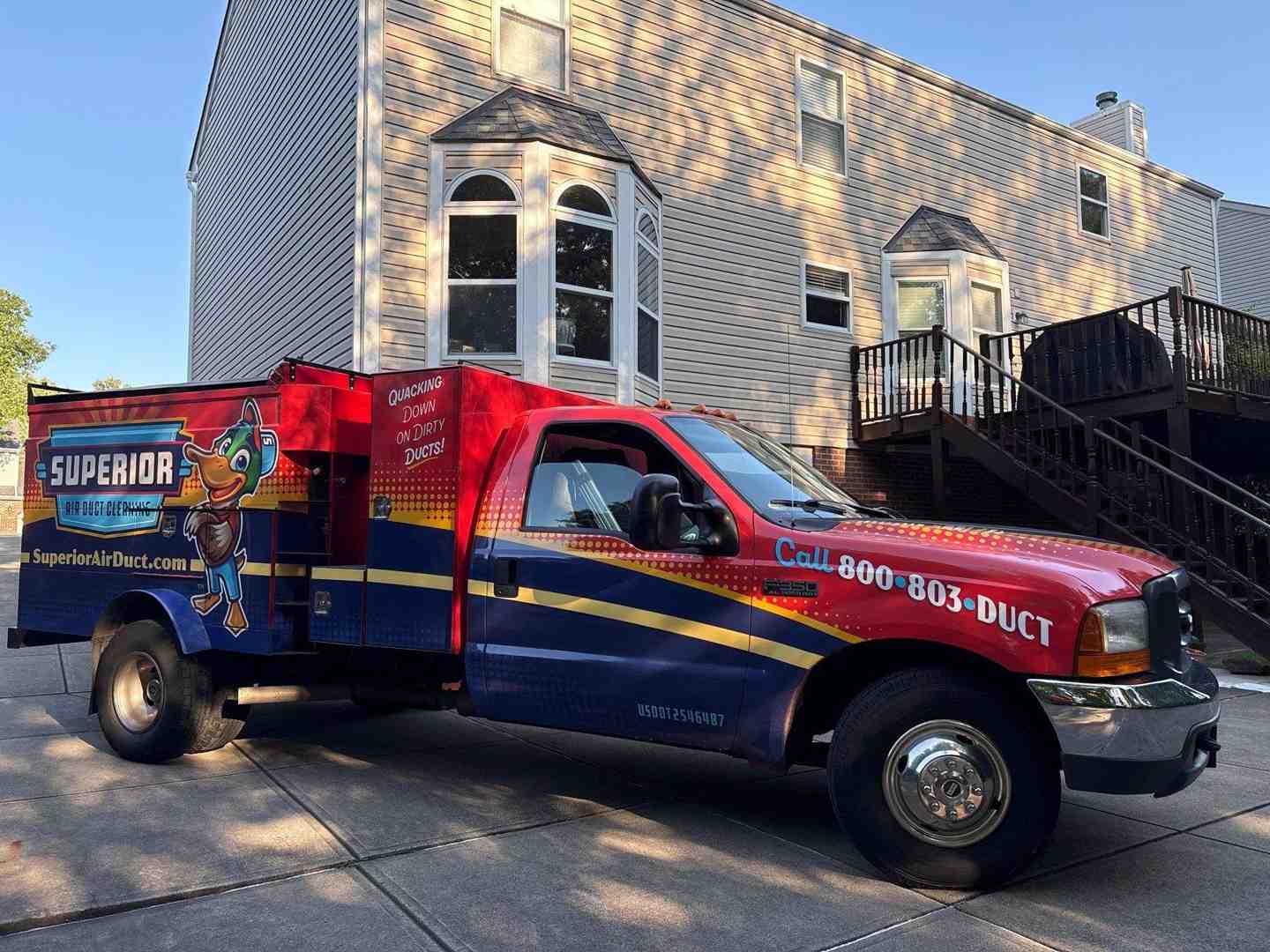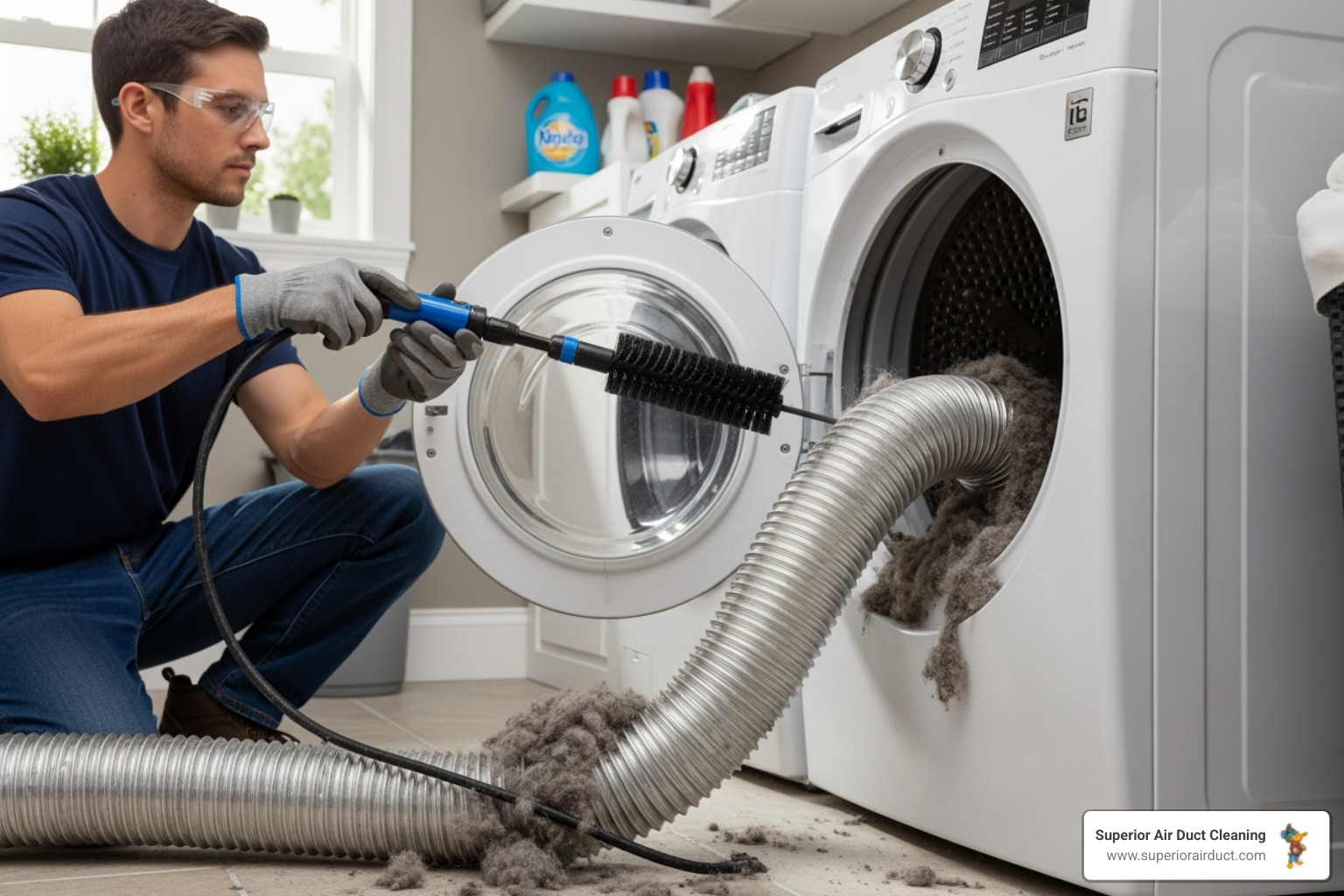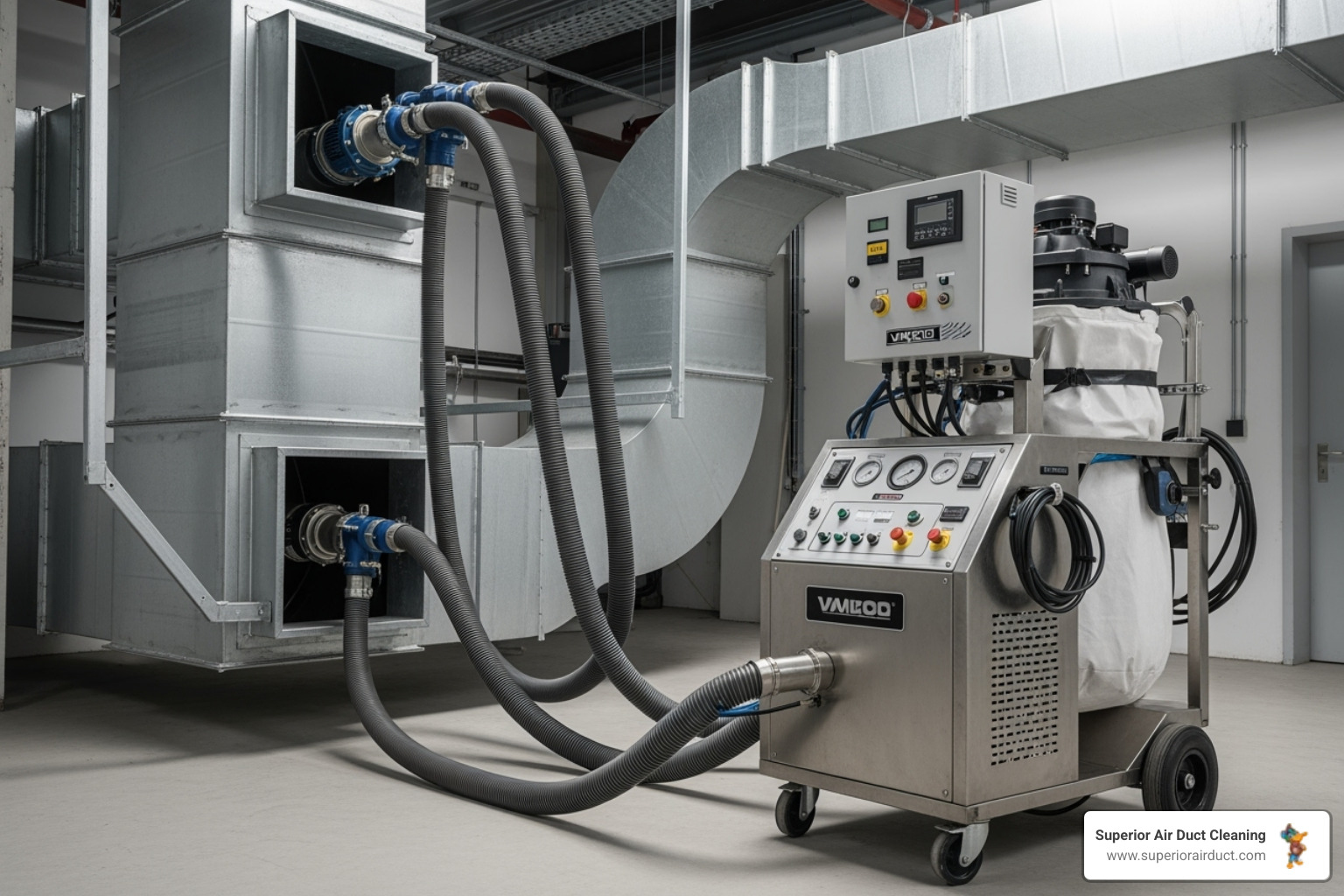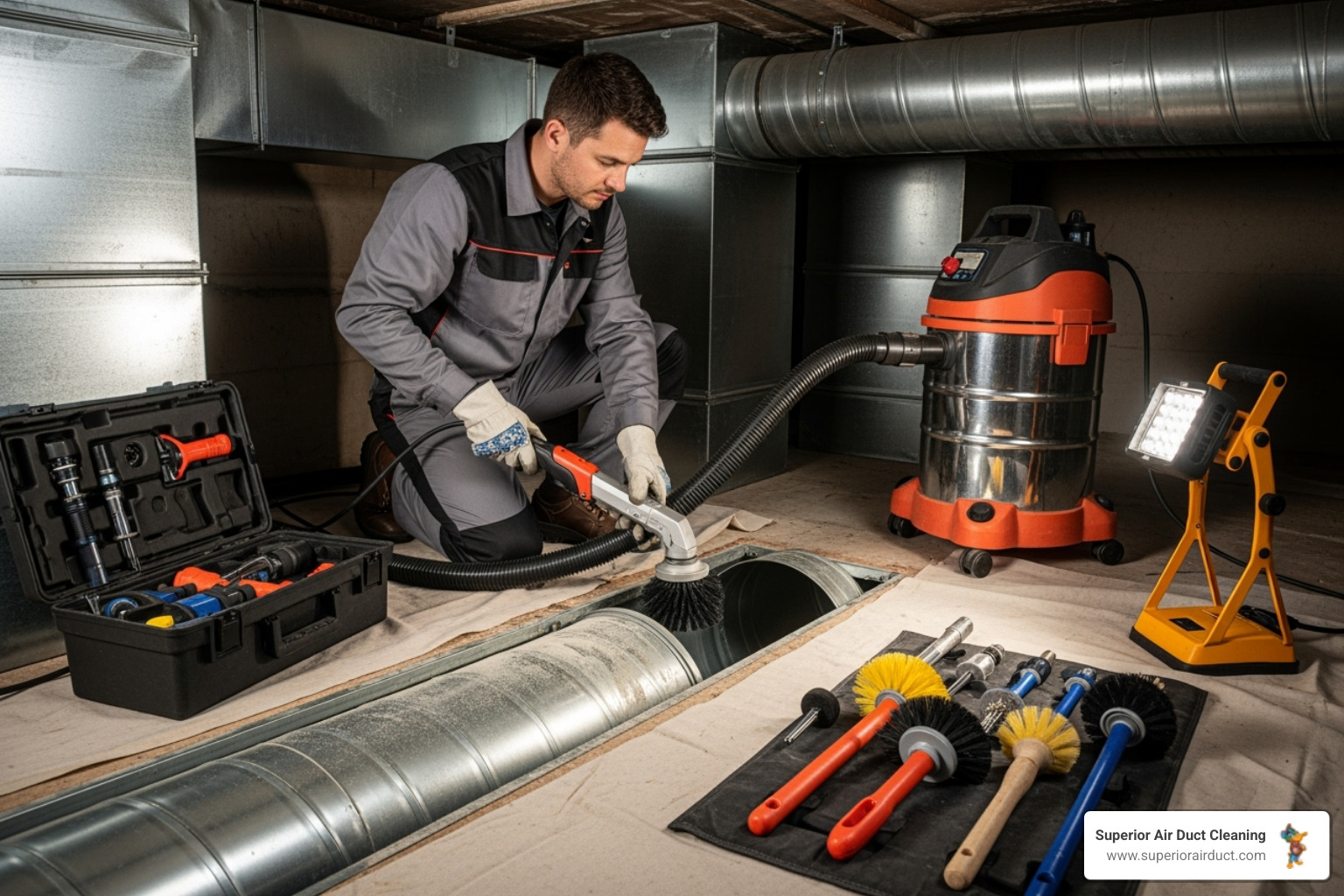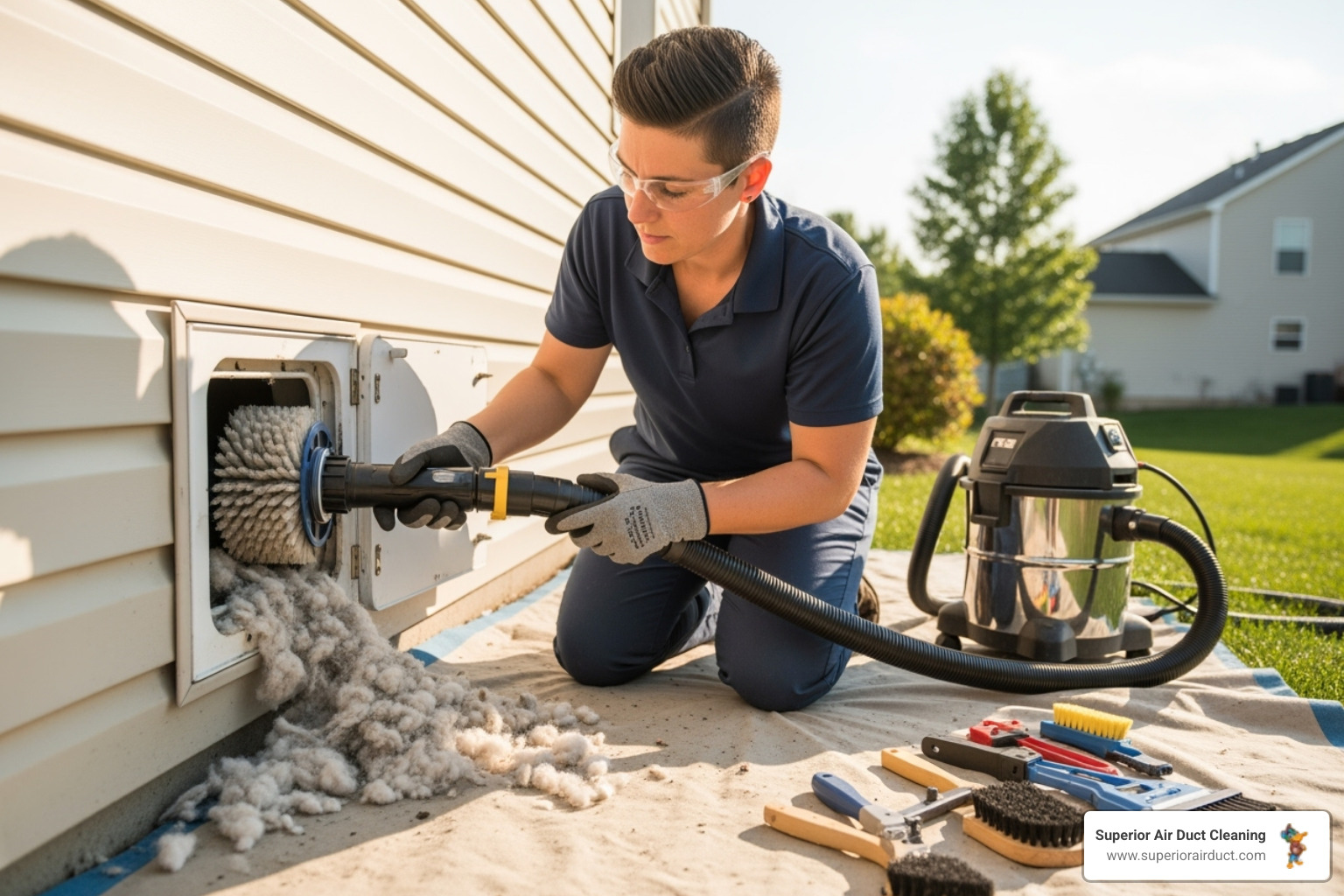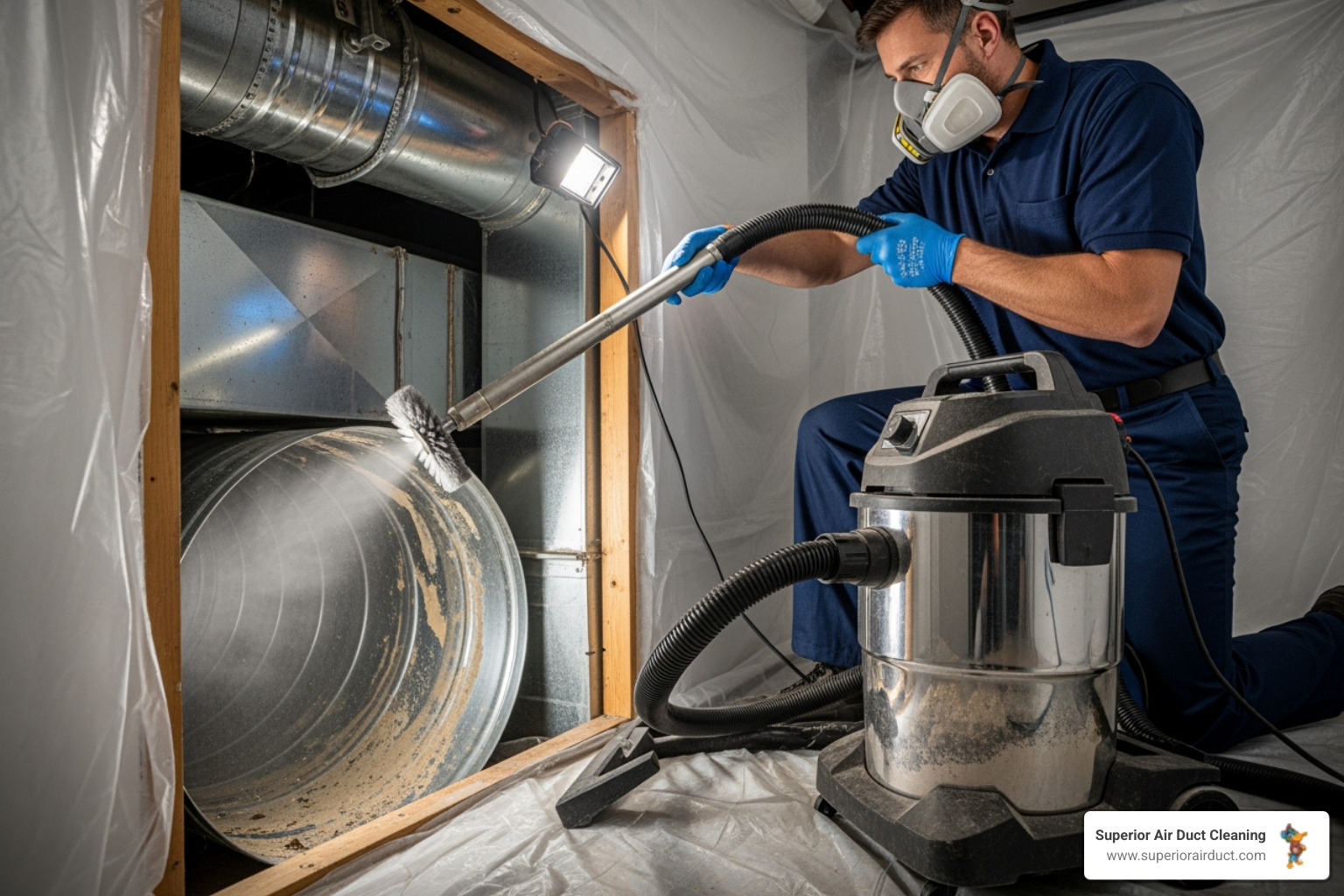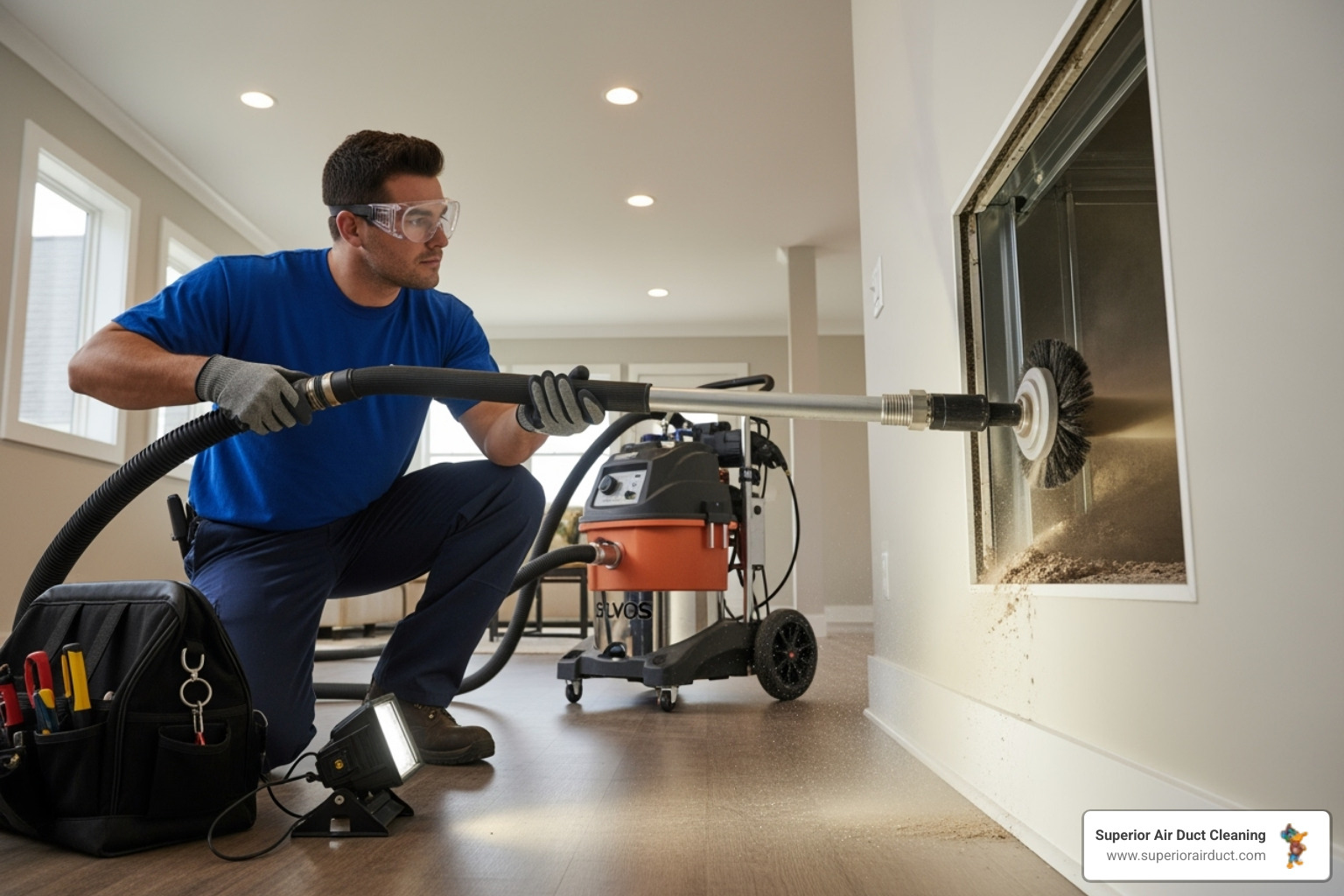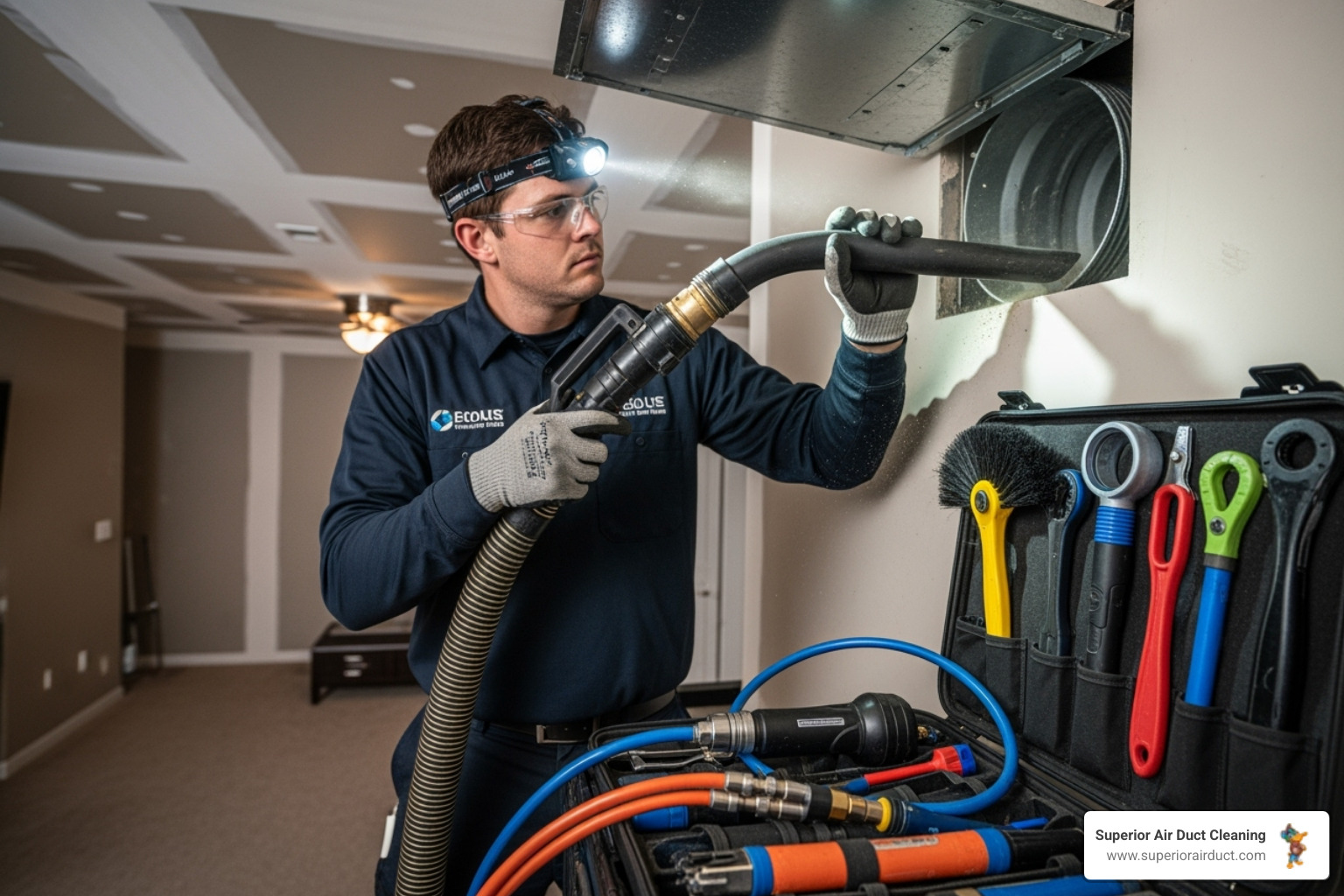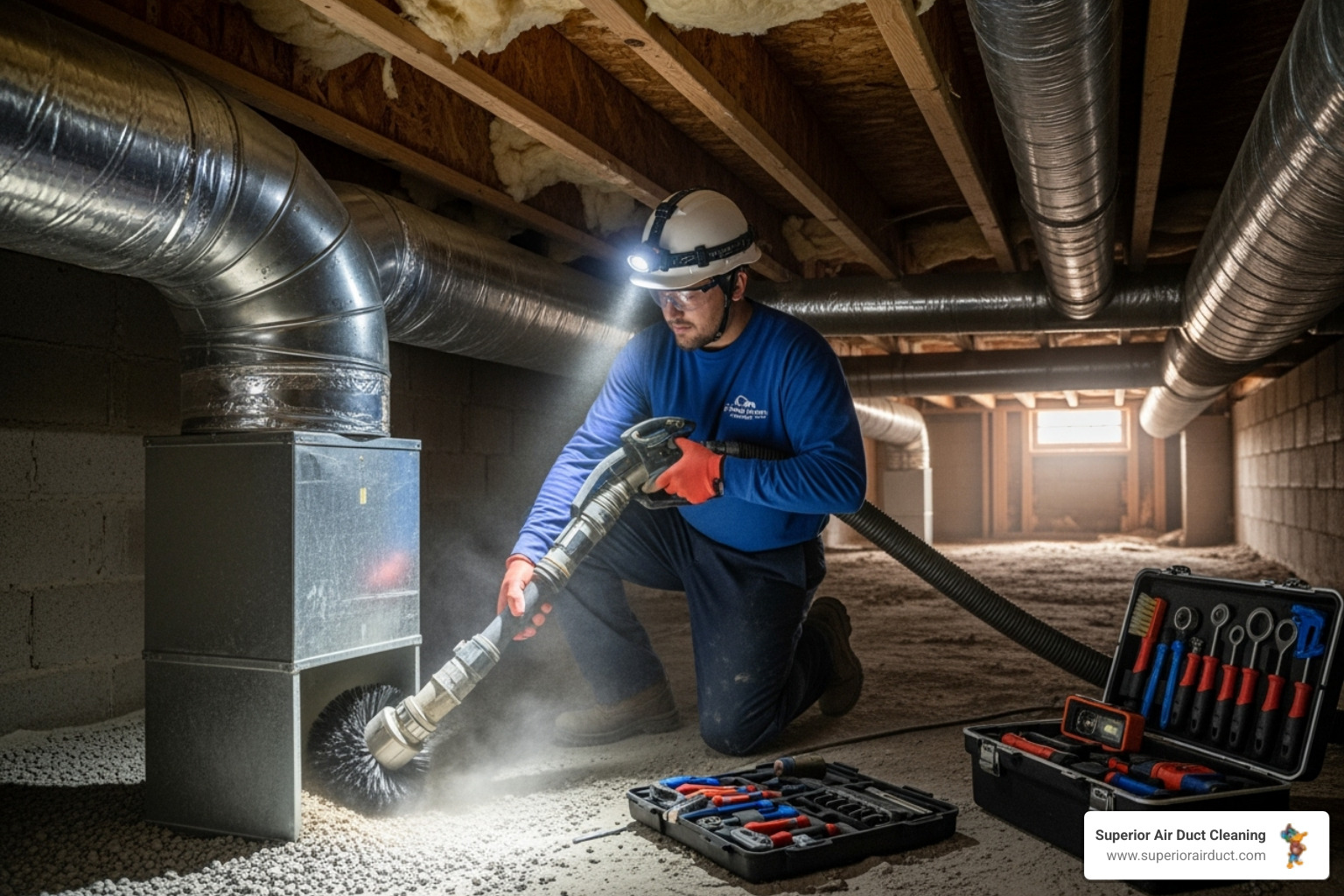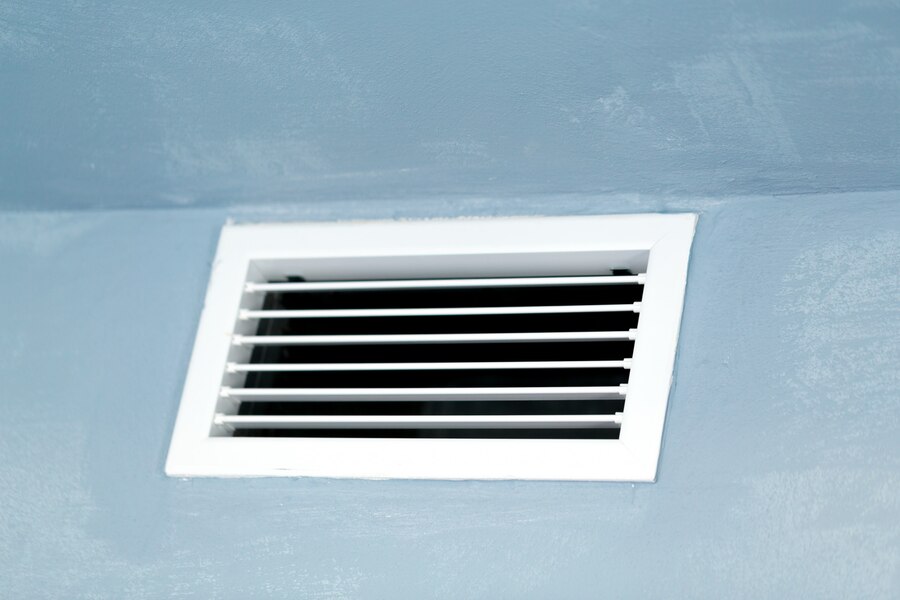
Indoor air quality is important in every building, but it takes on even more weight in schools. Students, teachers, and staff spend long hours inside classrooms and common areas where poor air circulation and pollution can build up over time. Without a clean ventilation system, these contaminants can continue spreading throughout different parts of the building, unnoticed. In places like Cranberry Township, where weather shifts often drive people indoors for extended periods, staying ahead of air quality problems keeps everyone healthier and more comfortable.
When HVAC systems collect dust, allergens, and other particles, they do not just affect airflow—they lower the overall air quality in every room. Commercial duct cleaning plays a key role in improving that environment. By clearing out blocked vents and removing debris from ductwork, schools can maintain safer conditions year-round. This is especially important before the school year begins, when facilities prepare to welcome students and staff back into classrooms.
Understanding Common IAQ Issues in Schools
Schools face many of the same indoor air quality challenges as other commercial buildings, but the impact is often greater due to the number of people sharing enclosed spaces. Poor air circulation combined with outdated or overused HVAC systems can lead to a buildup of contaminants in vents and ducts that run throughout the building.
Here are a few common issues that affect indoor air quality in schools:
- Dust and debris: Every classroom collects dust from foot traffic, paper products, and general activity. Over time, this dust can make its way into air ducts where it continues to spread unless removed.
- Allergens: Pollen, pet dander, and other airborne irritants can enter the school through open windows or on students' clothing. These particles can settle into ductwork and re-enter classrooms when the HVAC runs.
- Mold and moisture: Any moisture that enters ductwork, whether from leaks or condensation, can lead to mold buildup. Once mold forms inside ducts, it can impact air quality throughout the school.
- Bacteria and viruses: Shared environments mean increased exposure to airborne illnesses. HVAC systems that are not maintained may help transport these contaminants through the air.
When schools in Cranberry Township do not address these problems early on, they leave themselves open to worsening air quality that can affect both short-term comfort and long-term health. A simple example would be a classroom where students frequently complain about itchy eyes or dry throats. That could be caused by something as basic as accumulated dust and allergens recirculating in the air system.
Impact of Poor IAQ on Students and Staff
Bad indoor air quality does not just stay in the background. It affects how well people feel and function on a daily basis. In schools, this means everyone—students, teachers, and maintenance staff—could be feeling the impact without realizing it is connected to the air they are breathing.
The most common issues seen in these environments include:
- Respiratory problems like coughing, sneezing, or wheezing
- Headaches or dizziness during long periods indoors
- Dry or irritated eyes, noses, or throats
- Worsening of asthma or allergy symptoms
When these issues become regular, they do not just affect health—they disrupt learning and productivity. Students may find it harder to focus. Teachers might get sick more often or need time off due to persistent irritation. Over time, this leads to more absences, less engagement, and in some cases, increased complaints from families and staff. In a structured setting like a school, where routines and schedules matter, these disruptions can cause bigger setbacks than many realize.
Taking steps to manage air quality in Cranberry Township schools is about more than comfort. It is about building a healthier environment where everyone can learn and work the way they are meant to. Addressing indoor pollutants at the source through routine maintenance is the first step to making that happen.
Benefits of Regular Commercial Duct Cleaning
Ductwork can act like a delivery system for more than just climate-controlled air. It can also move dust, allergens, and other particles from one classroom to the next. Regular commercial duct cleaning breaks that cycle. By cleaning the HVAC system thoroughly on a consistent schedule, schools in Cranberry Township can remove layers of buildup that keep recirculating pollutants through the building.
When HVAC ducts stay clean, schools benefit in several key ways:
- Better indoor air quality: Classrooms, offices, and shared spaces feel fresher and stay healthier for longer stretches between cleanings.
- Fewer maintenance issues: Removing blockages helps the HVAC equipment run more smoothly, preventing strain that leads to mechanical problems.
- Energy efficiency: Clean ducts allow for better airflow, which can reduce how hard the system has to work to maintain temperatures.
- Long-term HVAC performance: Keeping dust and debris out of the system reduces wear and helps extend the life of heating and cooling equipment.
A school that prioritizes indoor air quality through routine duct cleaning does not just reduce health complaints. It also creates a more stable building environment. That means fewer last-minute work orders, fewer breakdowns, and a more reliable classroom experience.
Customizing Duct Cleaning Schedules for Cranberry Township Schools
Every school is different. Even within the same district, one building might experience more traffic or indoor allergen exposure than another. That is why it is important to match a duct cleaning plan to the unique needs and layout of each facility in Cranberry Township. Creating a seasonal or annual maintenance schedule helps keep the entire HVAC system in check.
Here is what works best for schools:
1. Schedule cleanings around school breaks when buildings are unoccupied. This allows crews to work without disrupting the learning environment.
2. Coordinate inspections before heavy-use months like late summer, before the school year starts.
3. Track symptoms reported by staff or students. If complaints about odor, dust, or allergy issues become frequent, that is a sign to review cleaning intervals.
4. Pair duct cleaning with filter replacements and broader HVAC servicing so that everything runs together and problems do not stack up.
5. Consult with our technicians to evaluate duct access points, insulation damage, and moisture hotspots that might encourage mold or dust buildup.
Regular assessments allow facilities teams to adjust plans as school conditions change. Building expansions, altered class schedules, or changes in building usage can all affect how often cleaning is needed. What worked five years ago might no longer be effective for today's building demands.
Keeping Indoor Air Safe Year-Round
Duct cleaning is a key step, but keeping school air healthy goes beyond one service. Schools in Cranberry Township can take daily and seasonal actions to control contaminants and moisture, reduce system stress, and avoid indoor air quality problems from creeping back in.
Here are some actions janitorial and maintenance teams can take between cleanings:
- Replace filters on time, using MERV-rated filters compatible with the system
- Monitor indoor humidity and address leaks promptly to block mold from forming
- Keep vents clear of furniture, bulletin boards, or papers that block airflow
- Avoid storing chemicals and cleaning supplies near return vents or HVAC closets
- Schedule regular walkthroughs to notice musty odors, airflow inconsistencies, or visible dust signs on vents
These steps do not require much budget or effort but can extend the benefits of commercial duct cleaning. With the right plan in place, schools can stay proactive rather than reactive when it comes to air quality standards.
Keeping Cranberry Township Schools Safe and Healthy
Indoor air quality directly affects how students learn and how teachers perform. By staying on top of maintenance and scheduling regular commercial duct cleaning, schools can take control of their environment and reduce the factors that lead to illness, distraction, or absenteeism. Clean ducts mean cleaner air, and that translates to classrooms where students can pay attention without constant discomfort.
In a busy setting like a school, prevention is more efficient than repair. Protecting HVAC systems through frequent inspection and cleaning lowers the chance of unexpected breakdowns while creating a safe atmosphere for everyone inside. From reduced allergy symptoms to better HVAC system performance, the case for duct cleaning in Cranberry Township’s school buildings is a strong one worth acting on.
As schools work to maintain healthy indoor air, Superior Air Duct Cleaning understands the importance of consistent upkeep to prevent recurring issues and support a stable learning environment. Exploring commercial duct cleaning in Cranberry Township can help address common air quality problems that impact student and staff well-being. For a quick estimate or to book a service visit, please contact us today.

Customer Reviews





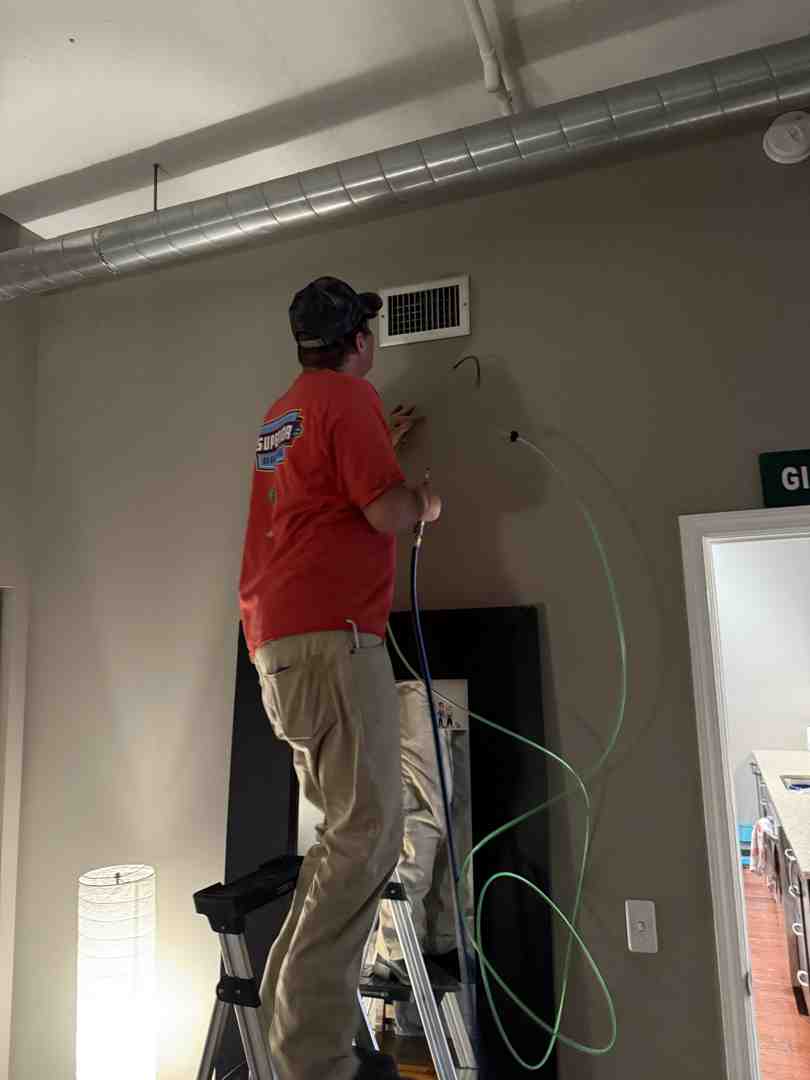




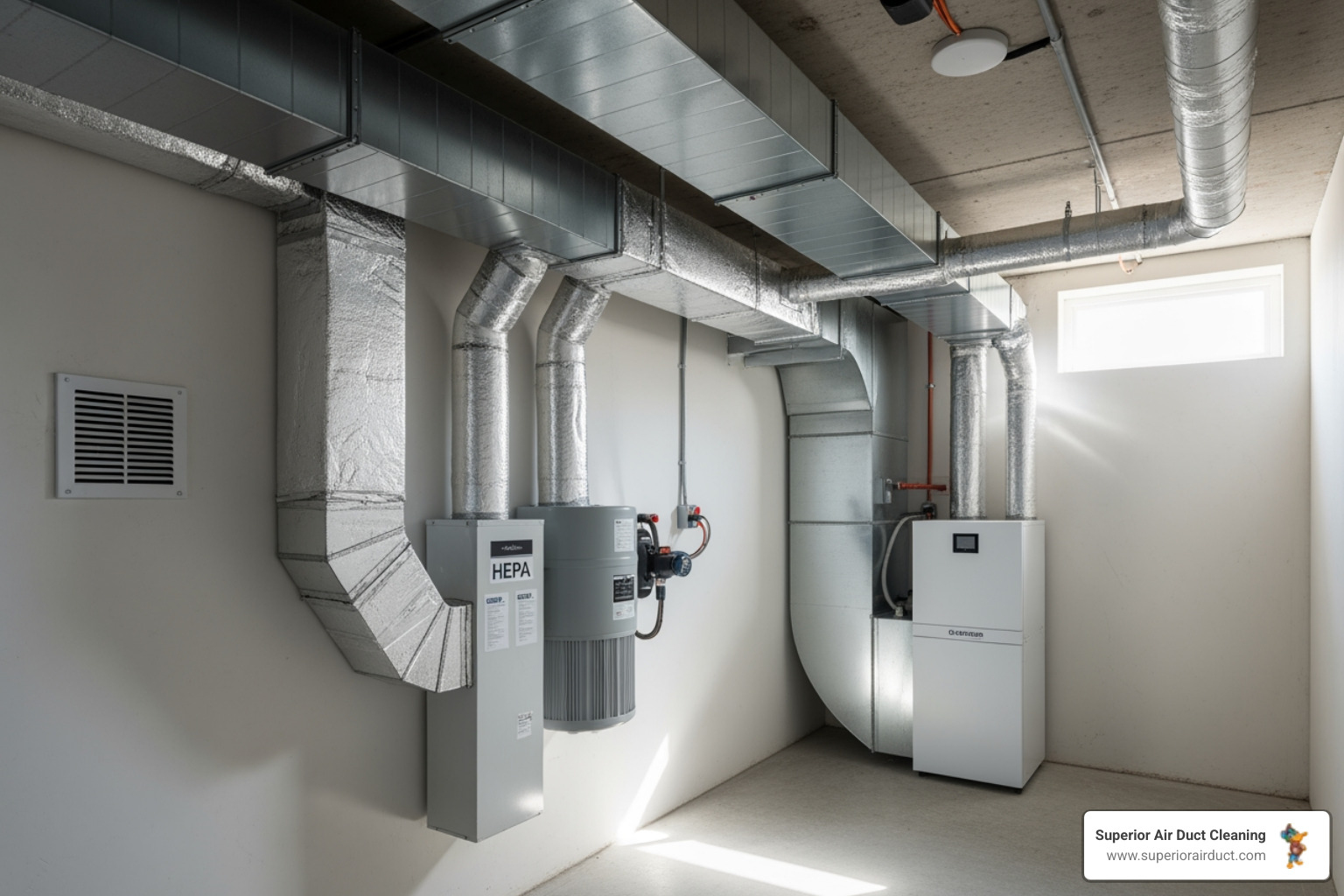




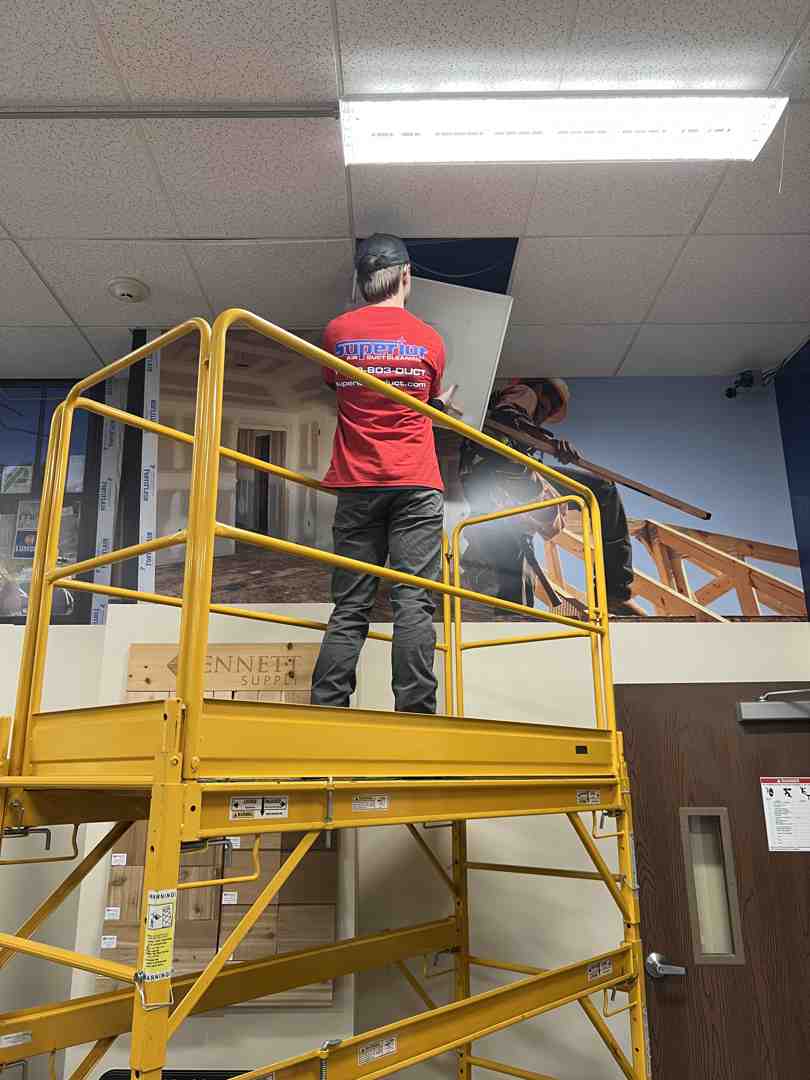

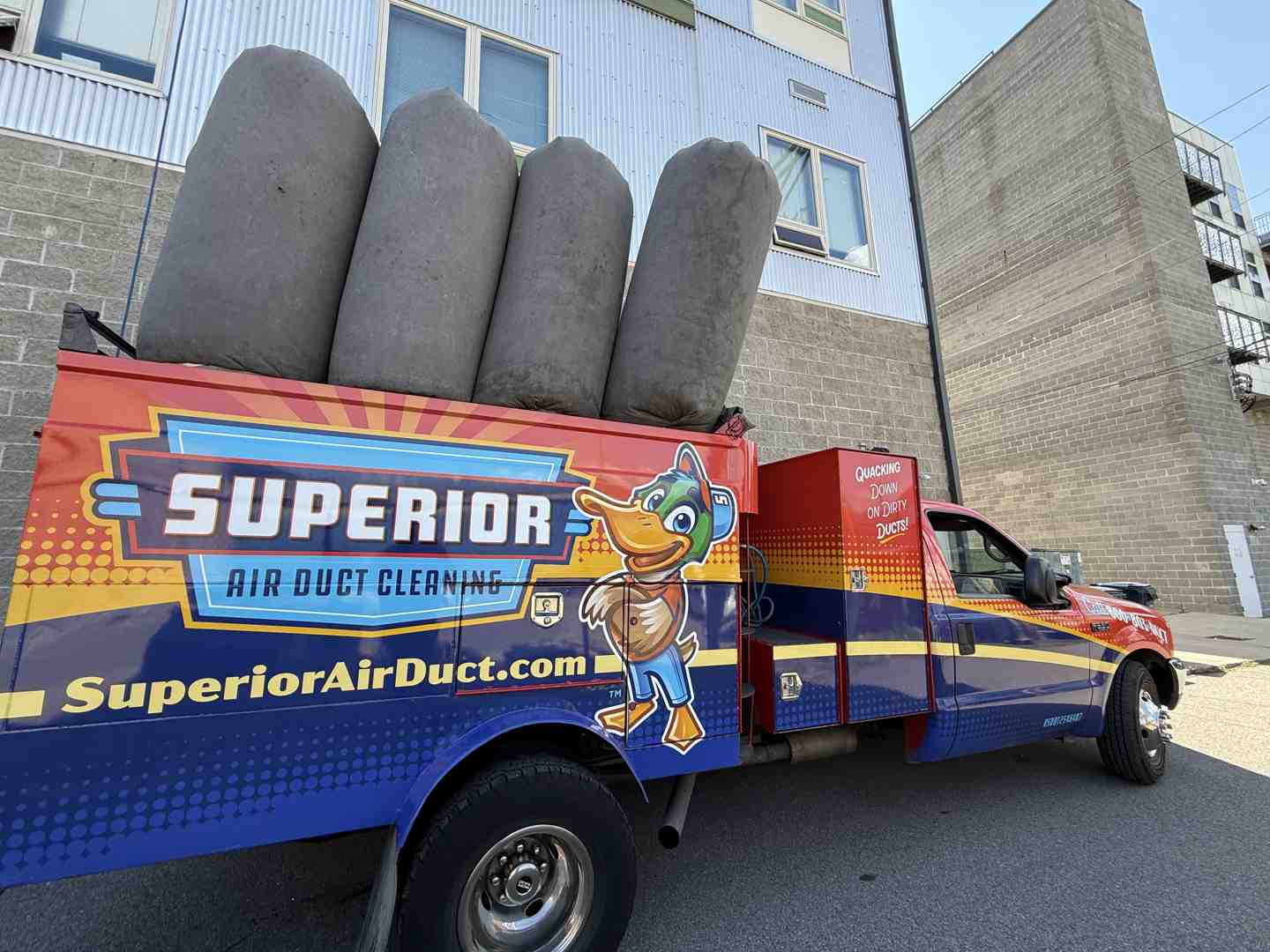

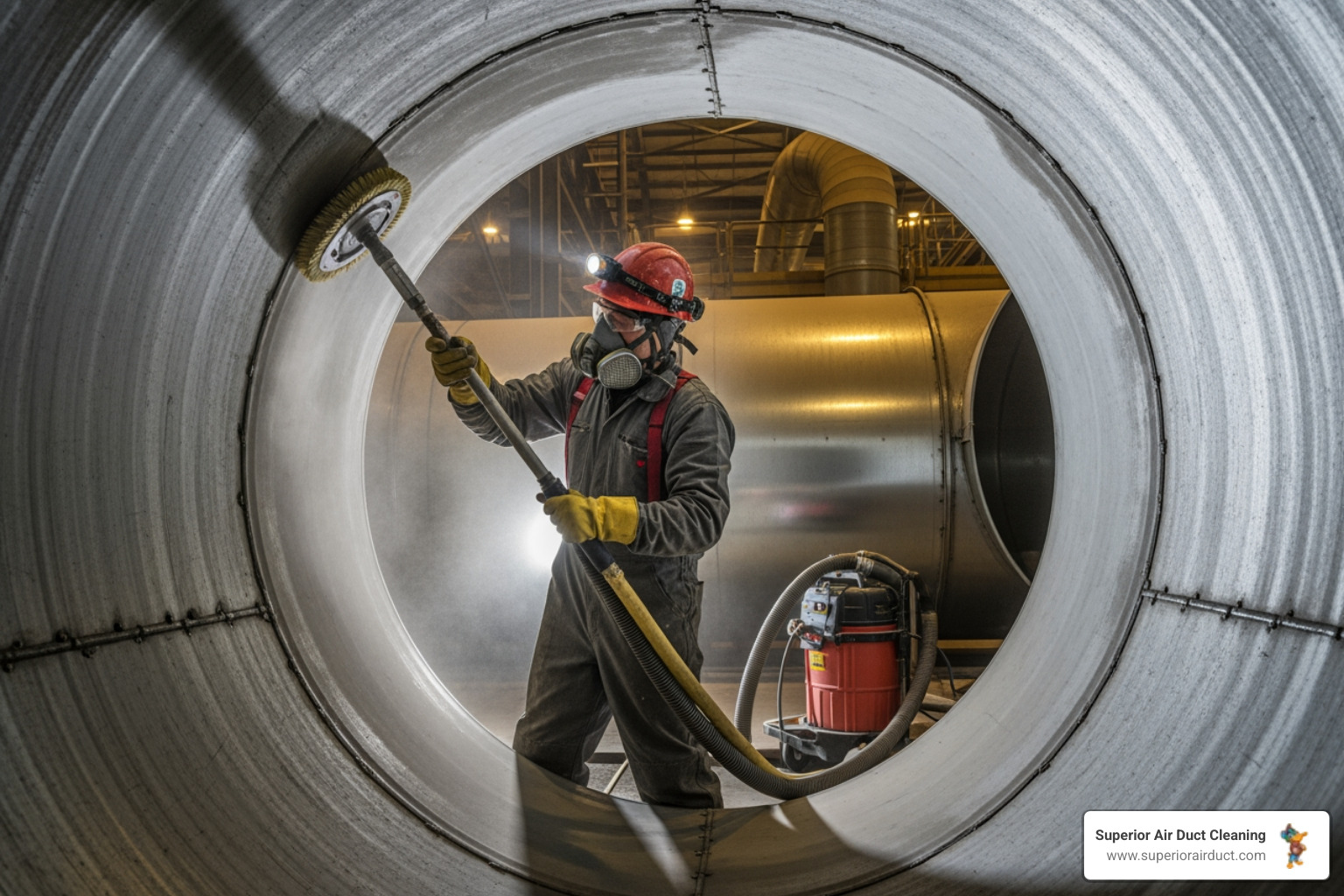


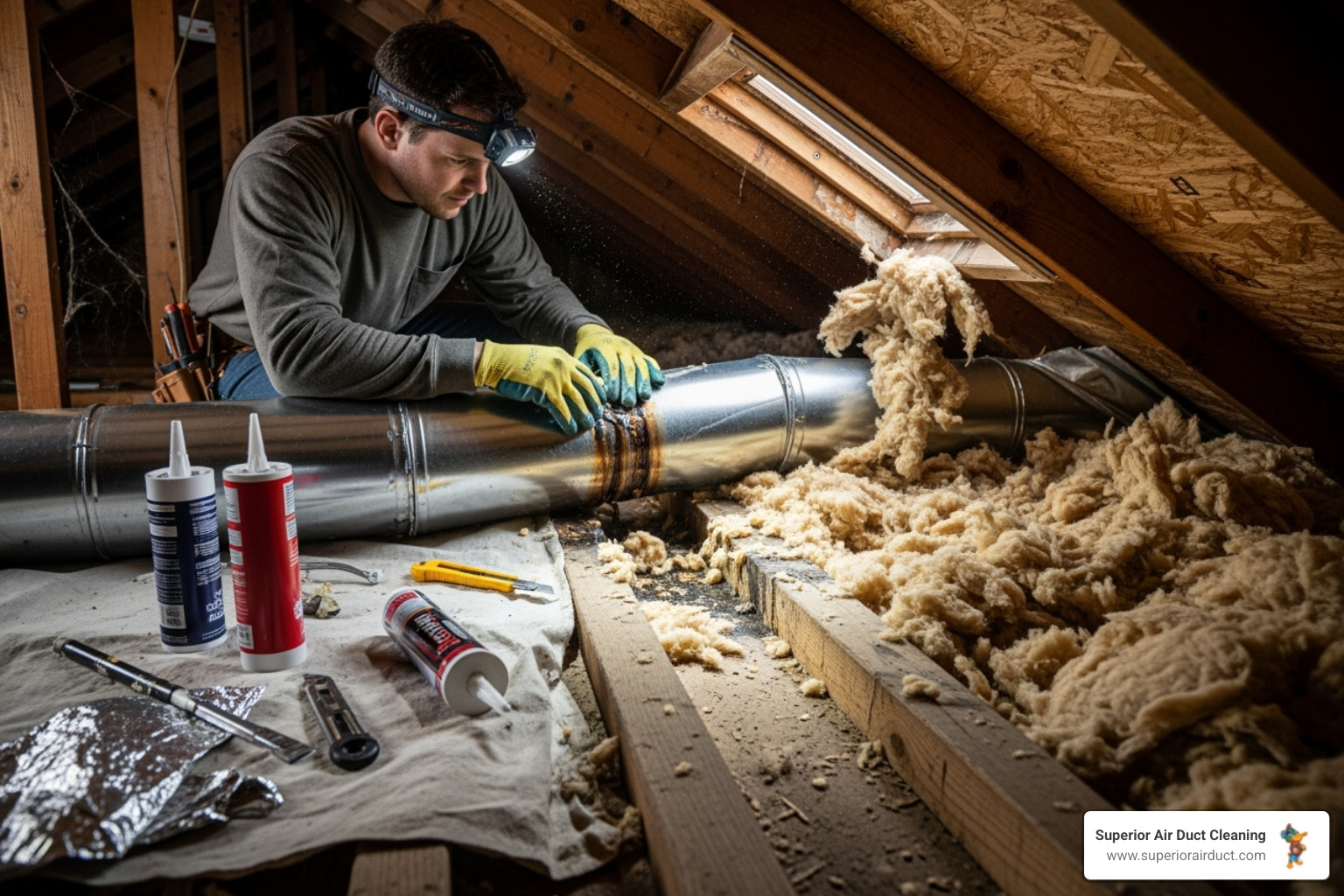
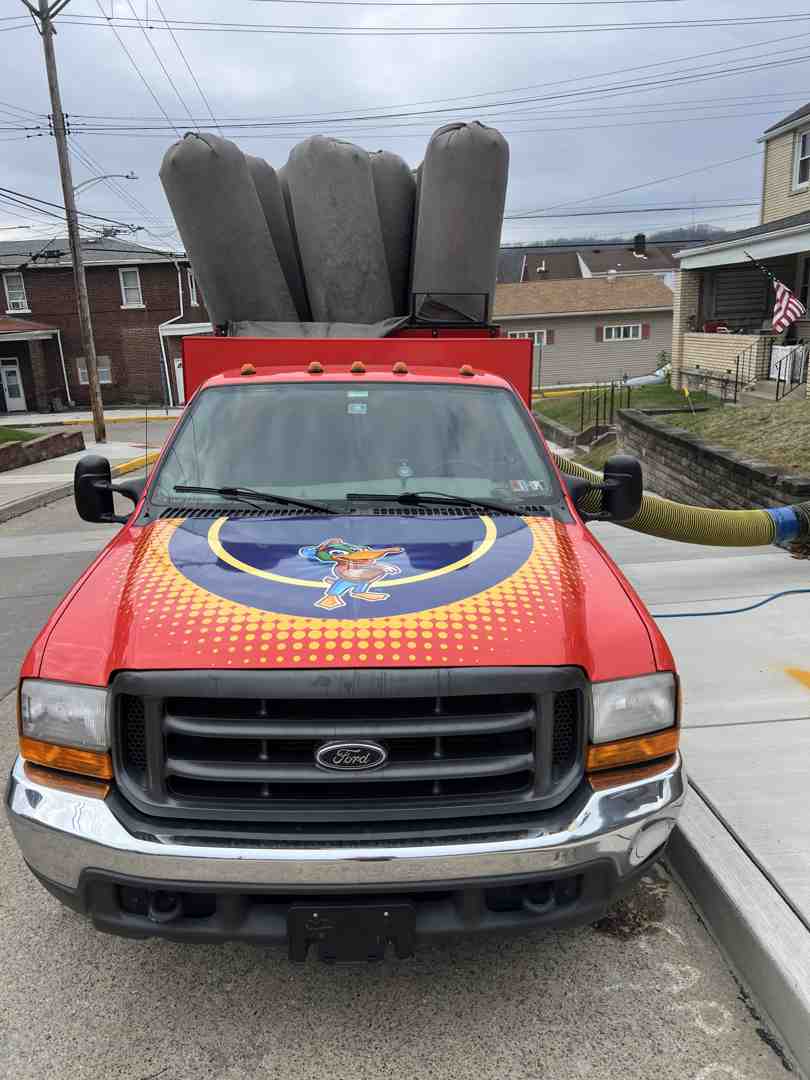

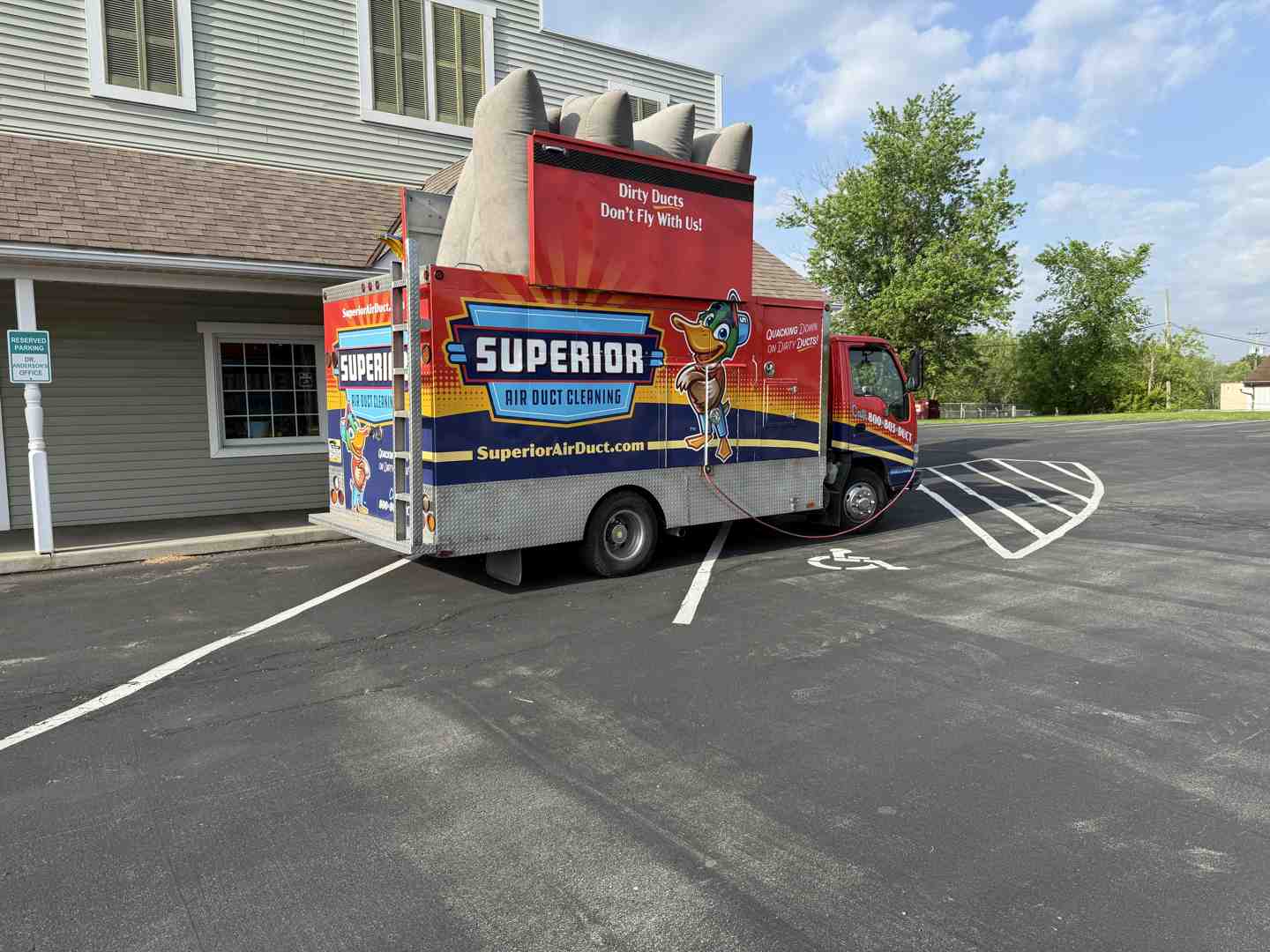





I need to find a service to remove dust from the air ducts in my Pittsburgh home. Who should I call?




















